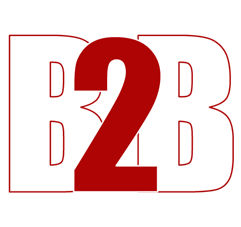Rank, GPA, academic rigor, test scores, sports, dance, and part-time work are many of the components that make up a high school student’s resume. As parents, we work hard to guide our students to become their best, authentic selves. We motivate our students with rewards if they work hard academically and become good citizens.
So why does a student with a stellar resume find themselves deferred or waitlisted at their dream college? Do they receive little or no tuition assistance, scholarships, or need-based grants if they are accepted? The answer is, it is not always about the student.
In a previous article, Pre-qualifying For College Costs, we discussed how important it is for students/parents to know their financial numbers before starting their college search. Equally important is knowing that higher education institutions are businesses. Not unlike students and their families, colleges and universities have their needs and wants. As a business, higher educational institution must manage their needs and wants against hundreds of influencers and business factors. Sometimes these are in direct conflict with the consumer group they are trying to serve.
How do these factors affect students/parents and their college choices?
ð Supply and Demand – selective institutions are reporting dramatic increases in their incoming applications pool while others are down. Changes are partly due to amended admissions policies, heavy brand marketing, and continued societal pressures: But 60K applications for 3100 enrollment seats. With over 4200 degree-granting colleges and universities in the US, students and parents need to shop as consumers and explore a broad view of all options, offerings, and possibilities.
ð Revenue – college and universities rely on tuition and fees and indirect revenue from housing, athletic events, and on-campus consumer purchases. Swings in enrollment, on/off-campus learning, and other concerns due to the pandemic may result in belt-tightening. The financial status of an institution should always be on the radar, just like at home.
ð FIT – is the academic, personal and financial match that all students and parents strive for during the college planning process. As previously noted, college and universities have their fit, which can mirror a student or be very different. Mastering the FIT can depend on how achievements, personal accomplishments, and authentic self-align with the needs. Results can be surprising and very rewarding.
ð Costs – achieving educational goals within the realm of one’s financial means is the art of affordability. Knowing how the sticker price becomes the consumer price is every college consumer’s challenge. Understanding the impact of tuition assistance, scholarships, need-based, and self-help aid is essential to the affordability equation.
ð Emotional Purchasing – investing in one’s education is a personal and monetary commitment, a big one. Relying on information gathered, research, consultation with knowledgeable advisers, and yes, a time-tested pros and cons process a student and family can make a wise personal and financial decision.
The incoming class of 2022 are on their journey now. Students and parents are encouraged to create their college plan on realistic goals and expectations while keeping a keen eye on the needs, the student and higher education institutions.
- 18 views


